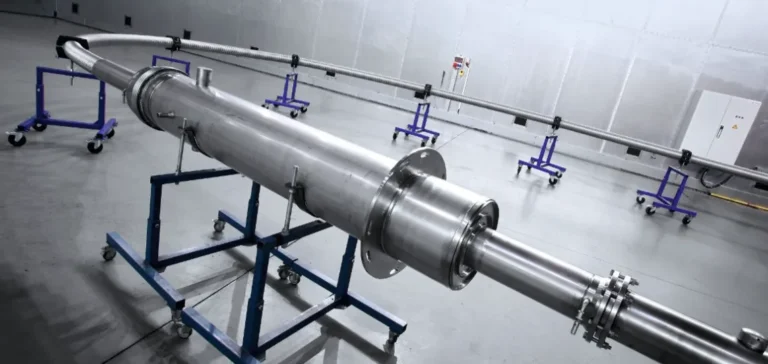A consortium composed of Air Liquide, Réseau de Transport d’Électricité (RTE), Nexans, ITP Interpipe and the engineering school CentraleSupélec is developing a technology demonstrator called SupraMarine. The project aims to test an alternating current high-voltage superconducting power transmission system for offshore applications. It marks an initial step toward the industrial use of this technology to connect offshore wind farms to onshore power grids.
Towards a new generation of offshore power connections
SupraMarine will rely on high-temperature superconducting cables cooled by liquid nitrogen, capable of transmitting electricity with near-zero energy loss. While this technology has already been tested in urban and industrial environments, it has not yet been demonstrated under marine conditions. The system could provide an alternative to the direct current cables typically used for long distances at sea.
The project partners aim to deliver a solution that reduces energy loss while simplifying the integration of offshore wind farms into the power grid. According to the companies involved, such an innovation could also strengthen European industrial sovereignty by reducing reliance on imported electronic components.
A response to offshore wind supply chain constraints
The demonstrator’s development comes amid growing pressure on offshore equipment supply chains. The use of superconducting cables designed and manufactured mainly in Europe could ease logistical stress while supporting the emergence of a new industrial sector.
Each consortium member contributes a specific technical expertise, ranging from cryogenics to high-voltage electrical systems and materials engineering. The project will also assess operational and maintenance conditions for such connections in a marine environment.






















